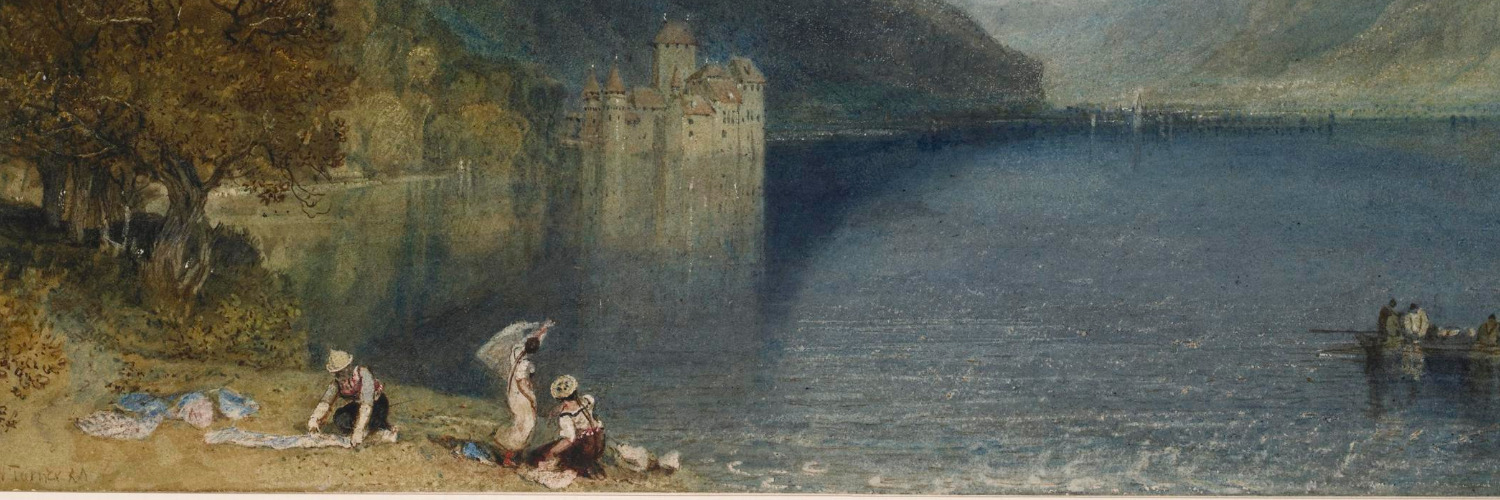AM: Let me say one more thing about what women desire. It depends on the genre of course, if you go to the Gothic novel, you know, they are actually desiring the mad, bad dangerous to know man. And there is this whole issue of female sexual desire. [RE: . . . [desire] for the father?] Yes, female sexual desire getting mapped onto existing hierarchical relations. Or, and I’m really thinking now about Zofloya, getting mapped onto the totally inaccessible exotic other, whether he is Moor or Satan, as the novel finally wants you to think. I actually think he is the Moor, and then just because she is trying to impose a good conventional Christian ending, making it acceptable to her readers, so she turns him into Satan. But she is really desiring the racial other, the cultural other, the one that is really not available.
RE: I just taught The Italian and what struck me there were the scenes of yearning for something else that isn’t contained by any of the figures in the text. All of those scenes of the sublime! Whatever is outside the window is really what is desired and it is nebulous.
AM: Right, Vivaldi certainly doesn’t live up to it, or Valencourt.
RE: I think Godolphin is an interesting object of desire in Charlotte Smith’s Emmeline, where we have a double hero. The unattractive hero fortunately dies midway through and then we have Godolphin associated with the sublime landscape, and his own kind of solitude, which seems a [better] possibility.
AM: What these women writers realize, starting with Wollstonecraft, and all the way through, it that there is a real crisis of masculinity in the Romantic era. On the one hand, you have the libertine rake, leftover from the eighteenth century, and the aristocratic Byronic figure, who is attractive but totally unsatisfying as husband material. Then you have the man of sensibility, who is weeping all of the time, ineffective and impotent in lots of ways, and so that’s not going to work, and they are really trying to imagine something else . . .
RE: . . . or the tyrant . . . and they often morph into each other over the course of a three-volume novel . . .
AM: They are really trying to define a new type of man. What Wollstonecraft defines as the modest man, the middle-class bourgeois professional, robust, benevolent figure, but they come across as kind of stick figures because [the writers] don’t have a lot of experience of such people. I’m thinking of Maria Edgworth’s Belinda. Mr. Percival is clearly the ideal man, but there aren’t a lot of him around and her heroine doesn’t get one. She gets a reformed rake in a way. Clarence Hervey, nice guy, but not very responsible or reliable and prone to make terrible mistakes. Mr. Knightley is sort of in that category, but he is a little too overbearing, and he lectures and hectors [Emma]. Wentworth is clearly Jane Austen’s attempt to define that new professional self-made man, but he also is capable of pride and jealousy and vindictiveness.

